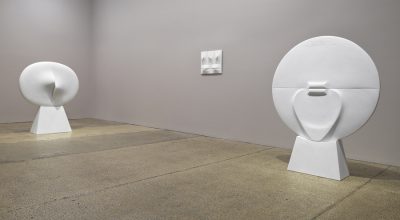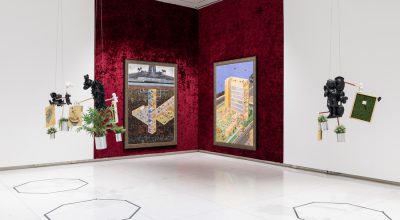Cuban artists
HAMLET LAVASTIDA: CULTURA PROFILÁCTICA
Through his personal confrontation with the cultural archives, which are not recognised as such within Cuban society, Hamlet Lavastida (b.1983 in Havana/Cuba, lives and works in Havana) creates a register and demands a critical examination of Cuban history. In doing so, he criticises the lack of education and memory work in the social system of today’s Cuba.
ZILIA SÁNCHEZ: EROS
Galerie Lelong & Co. presents «Eros», its second solo exhibition of Cuban artist Zilia Sánchez (Cuba/PuertoRico, 1926), timed to coincide with the artist’s first retrospective at El Museo del Barrio. Recalling the Greek god of love, the exhibition title encapsulates Sánchez’s uniquely sensual, corporeal approach to abstraction, most familiar from her shaped canvas paintings. While the museum show surveys the artist’s vast oeuvre spanning more than six decades, «Eros» focuses on about a dozen new and recent works, highlighting Sánchez’s evolving interest in completely free-standing work, and includes her first-ever sculptures in marble and bronze.
Cross Currents/intercambio Cultural
“The story of Cross Currents in many ways reflects recent changes to the social and political landscapes in the United States and Cuba. When it was first proposed in 2016 by the National Museum of Mexican Art, the exchange embodied a moment of excitement and renewed openness. Relations have since chilled: the US Embassy in Cuba has closed, a new administration in Washington is intent on hardening borders, and in Cuba, Decreto 349 subjects artists to new forms of censorship and governmental regulation. The original mandate of opening artistic dialogue remains essential, now more than ever.”



